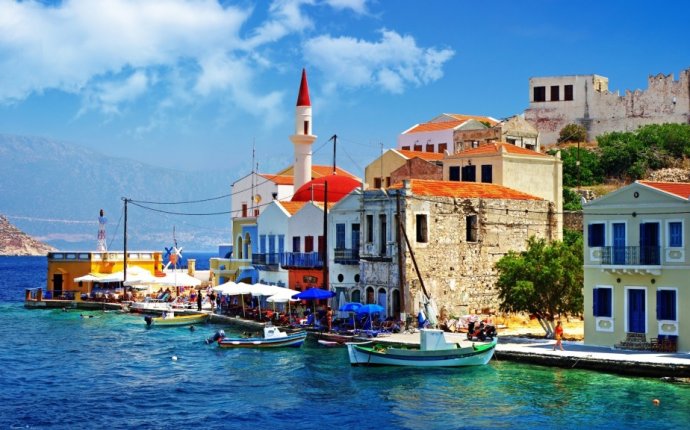
Relative Location of Greece
From this lesson, students should begin to develop an understanding of the absolute and relative location of Greece and compare that to the absolute and relative location of their home community.
Time required for lesson
1.5 hours
Materials/resources
The teacher will need:
Pre-activities
Students should have been exposed to the concept of the relative location of their community (e.g. “I live in Efland, which is in Orange County, in North Carolina, in the United States, on the continent of North America, on the planet Earth.”)
The day before beginning this lesson, teachers could complete a KWL chart with students on Greece. Divide a chart into three columns and label each column as follows: (What we know, What we want to know, What we learned). After completing lessons each day, students can add to the “What we learned” column. This chart could be posted with the large outline map of Greece.
Day 1
- Gather students in front of blank bulletin board where concentric circles can be placed.
- Spread out the four large circles, cards with labels, pictures, and maps.
- Explain to students that the goal for the day is to figure out where Greece is located. Remind the students of the relative location of their local community.
- Pick up the largest circle, “This is the largest place of which Greece is a part. Raise your hand if you know which place this circle represents.” Hopefully, students will realize that the biggest circle represents the solar system. Ask students to identify the other card, picture, and map which represent the solar system. Attach all of these to the clear bulletin board place.
- Ask a student to pick out the circle which comes next (planet Earth).
- Continue in this process until all four circles are placed.
- By the end of the lesson, students should be able to identify the relative location of Greece on the planet earth and on the continent of Europe. Have students verbalize the location and become comfortable with the terms “continent”, “country”, “Europe”, “Greece.”
Day 2
- Have students review the information learned yesterday by reviewing the location of Greece.
- Say “Today we are going to learn more about the location and surroundings of Greece by looking at a map of Greece. You are going to gather some information about Greece with a partner. Then we are going to share the information and add to our big map of Greece.”
- Say “Before you start today, let’s add a compass rose to our map.” Call on students to draw a compass rose on the outline map of Greece. Review directions of North, South, East, and West.
- Go over questions on the map worksheet.
- Students are allowed to work with a partner to find answers; however, each student should complete his/her own answer sheet.
- When students are finished, gather in front of the outline map of Greece. Have students add such information as: bodies of water surrounding Greece, the capital, large cities, surrounding countries, islands which are a part of Greece.
- As a class, go over the answers to the questions on the worksheet.